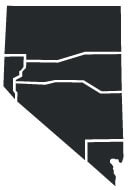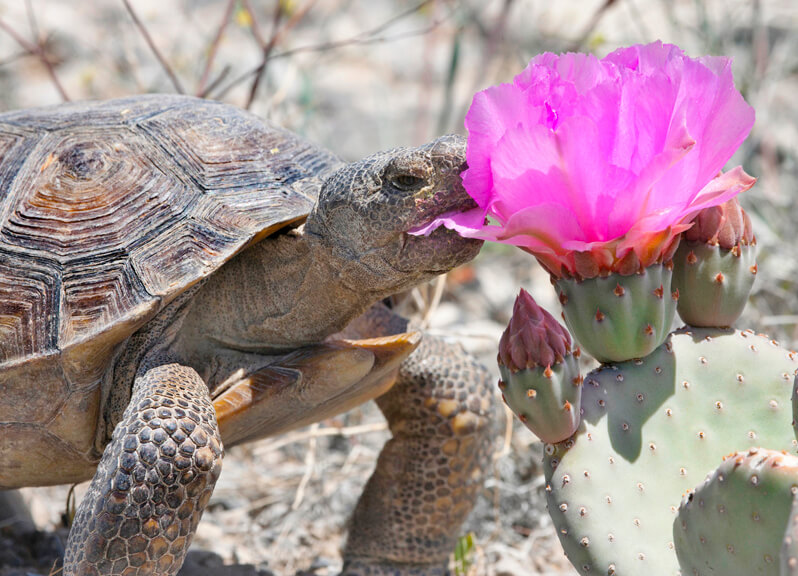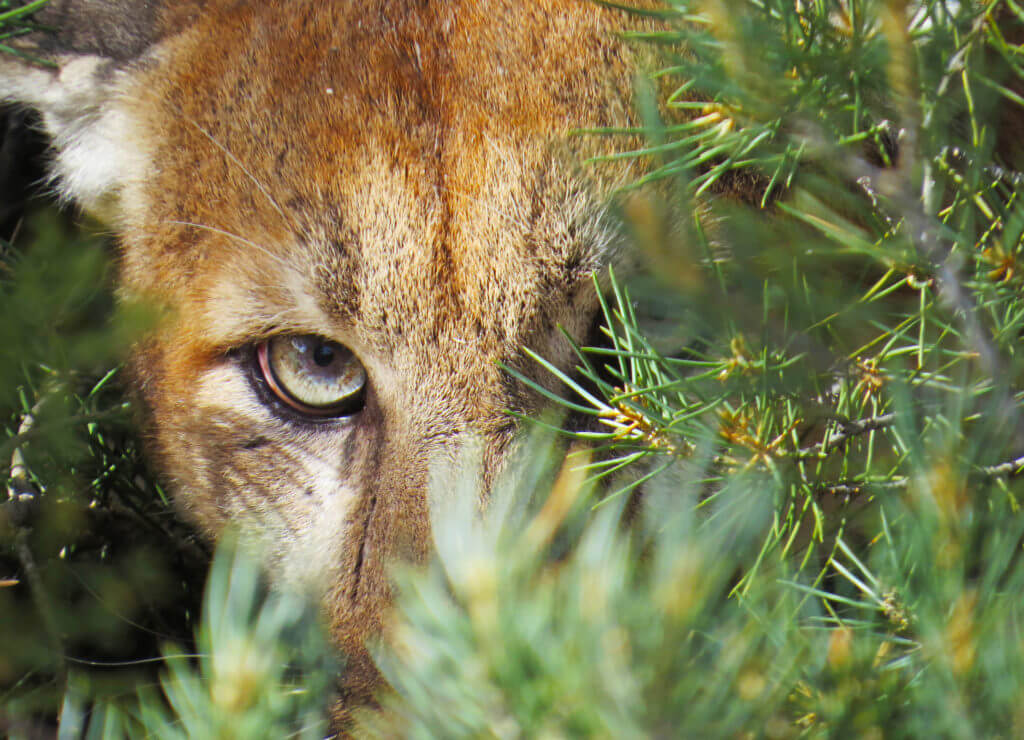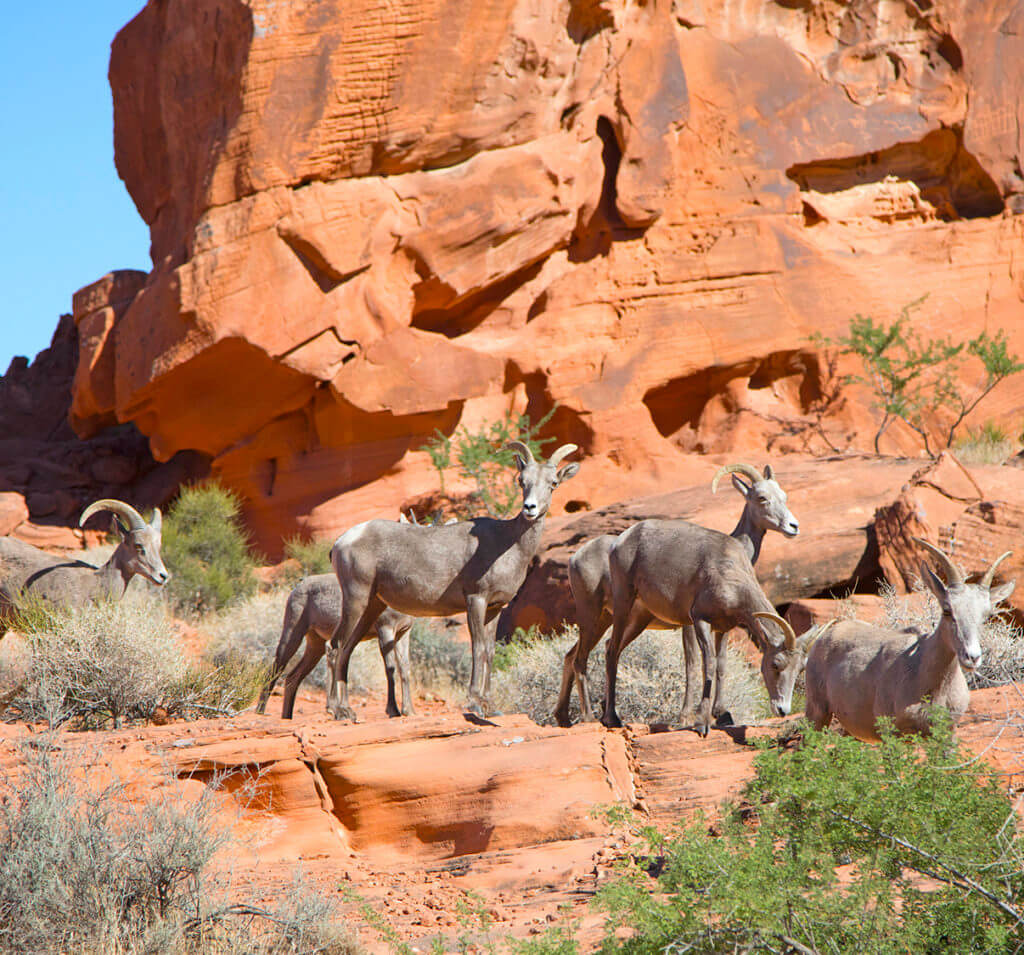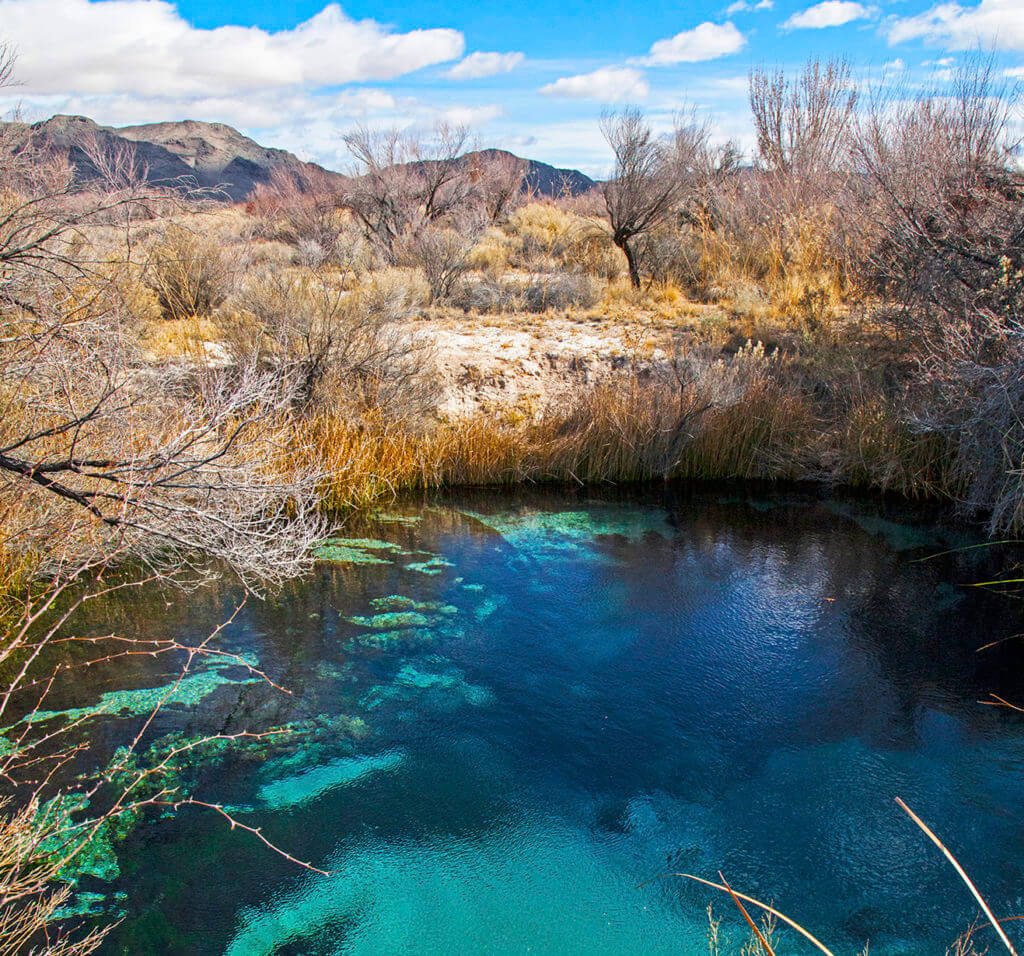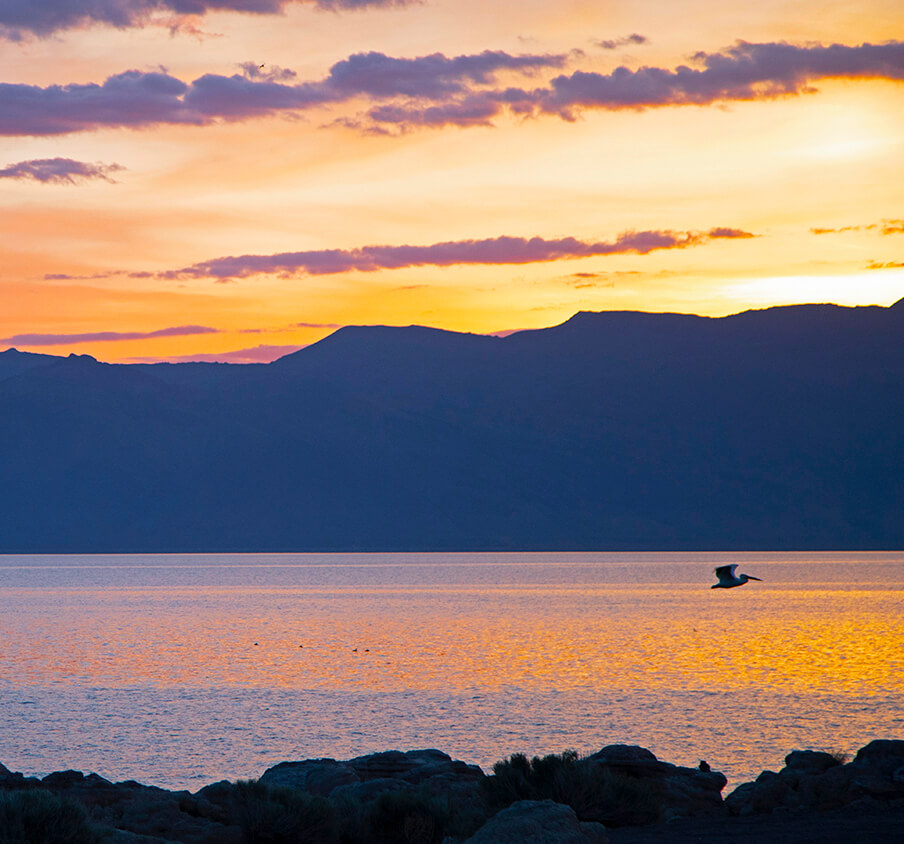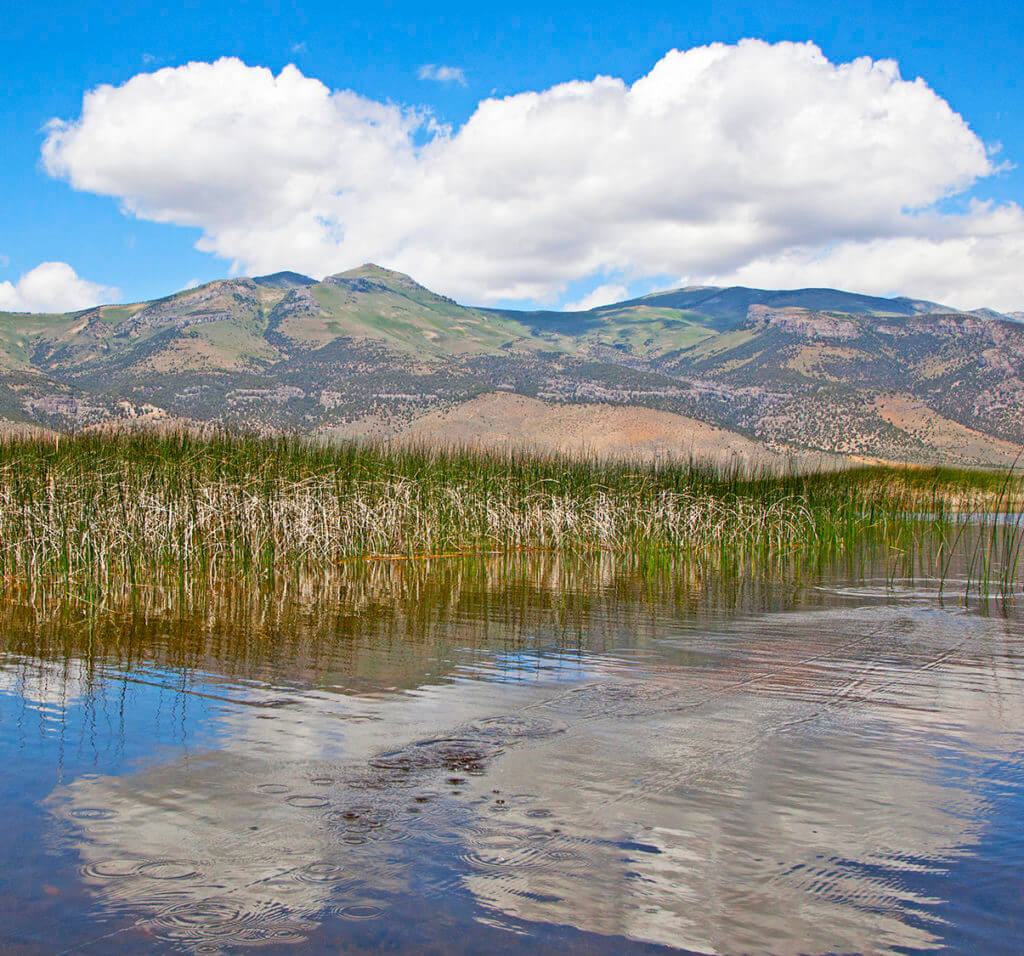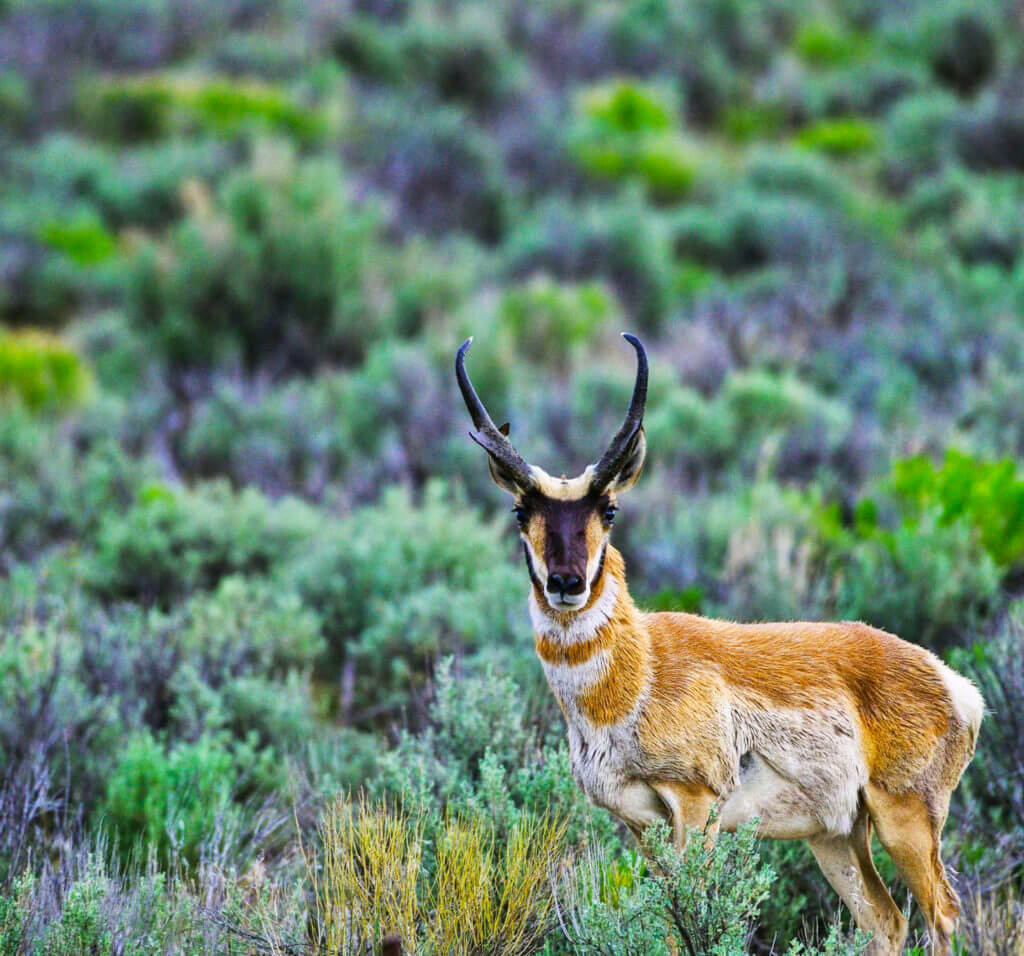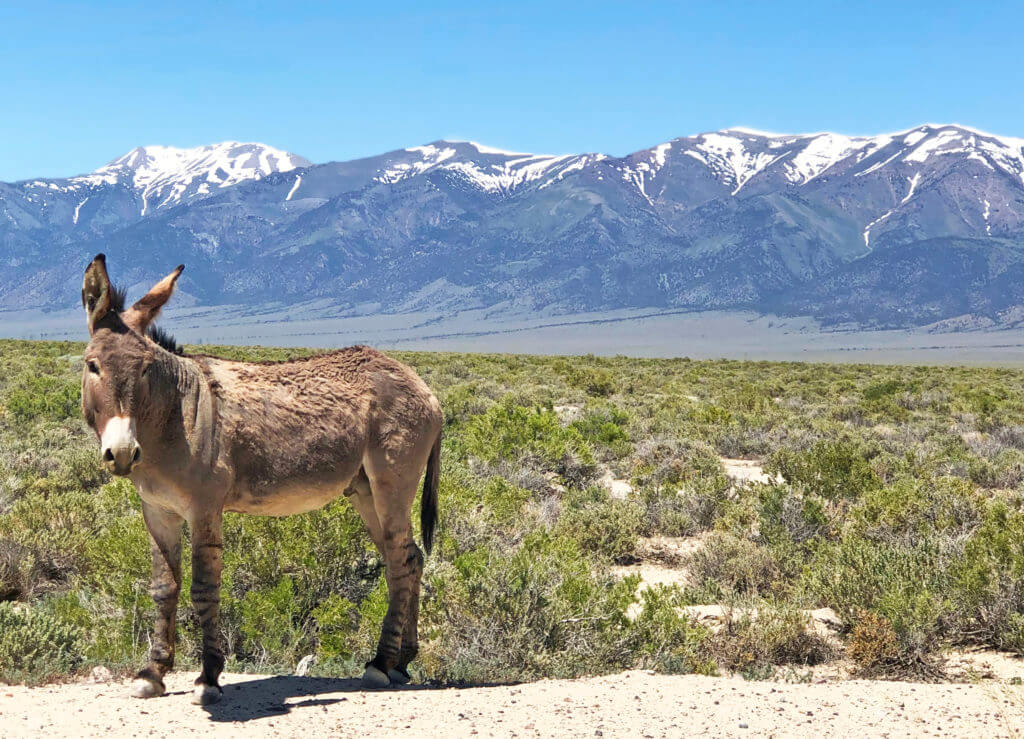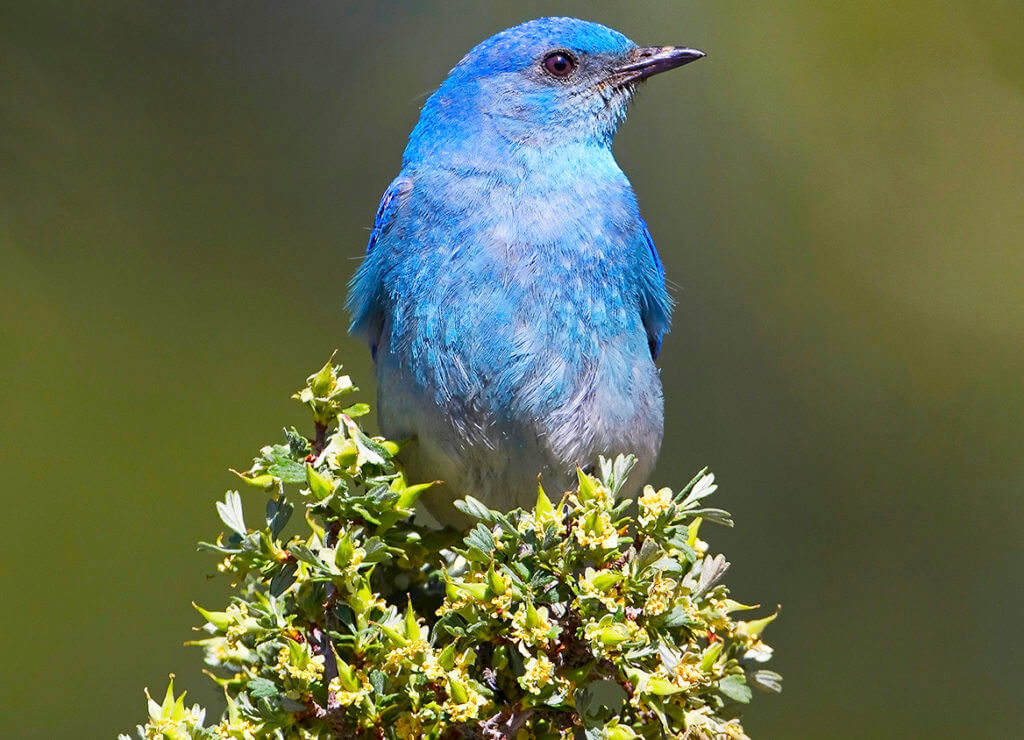Get to Know Nevada’s Creature Scene
The Silver State features plenty of creatures. From the first designated endangered species to wild horses, pronghorn antelope, and more, some of America’s favorite wild creatures thrive in Nevada’s millions of acres of wildlife refuges. Out here, wildlife can truly be wild, often on private and public land that’s remained untouched for thousands of years—and in some cases nowhere else on Earth. Keep an eye out for Nevada wildlife you know—after all, more than half the nation’s wild horses roam free here—but also many species you might not expect. Bring your camera; from the tough desert tortoise to desert bighorns ranging in their largest habitat to a surface-dwelling desert fish (the world’s rarest) that has defied all odds, chances for wildlife photography and incredible animal encounters abound.
- Desert Bighorn Sheep in the Largest Wildlife Refuge in the Lower 48
- The Fastest Land Animal in North America
- Wild Horses and Migratory Raptors in a Wildlife Photography Wonderland

